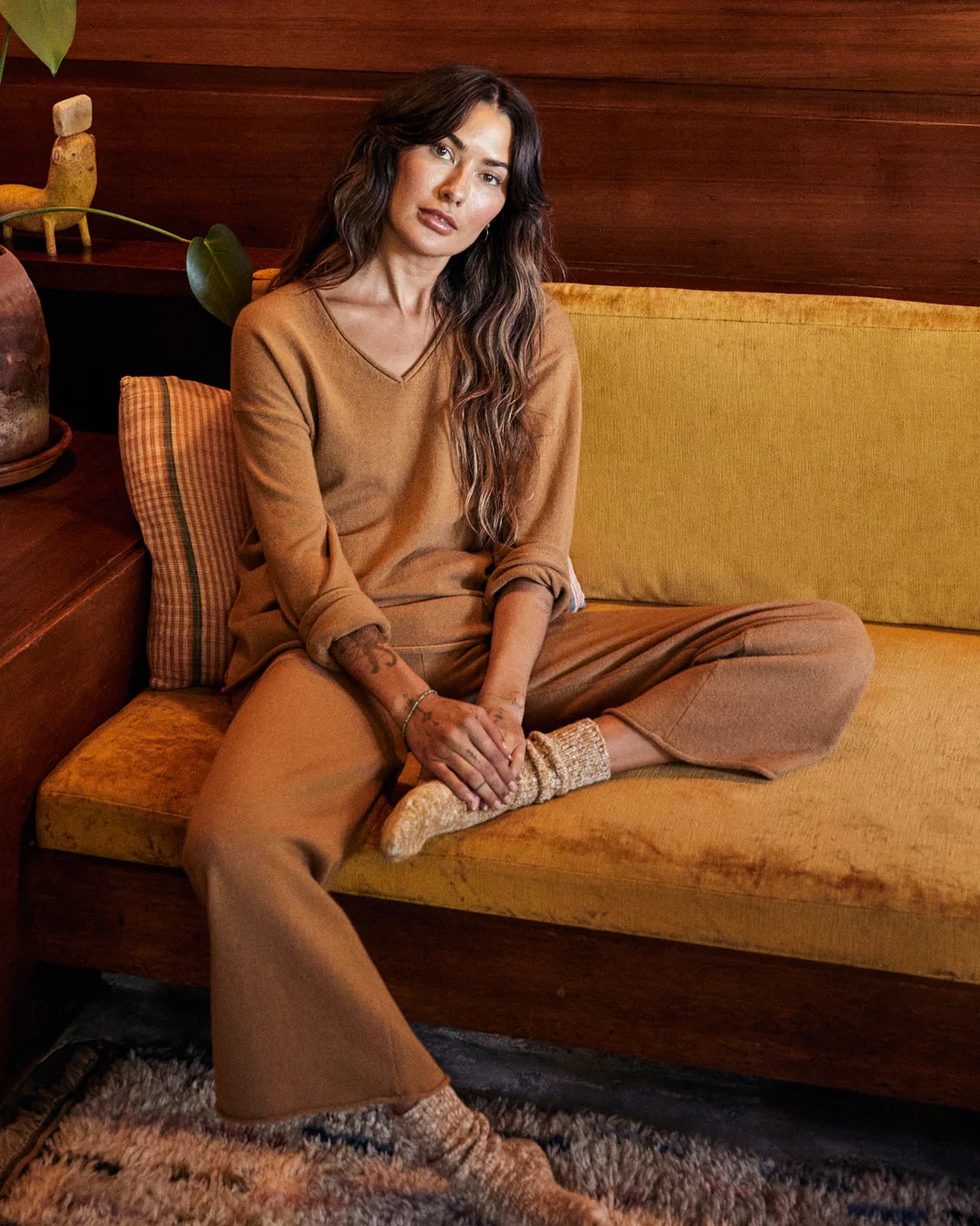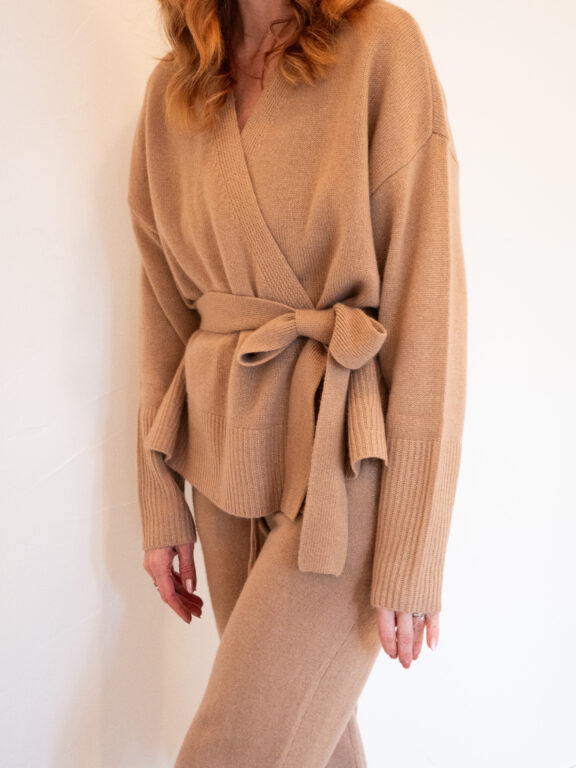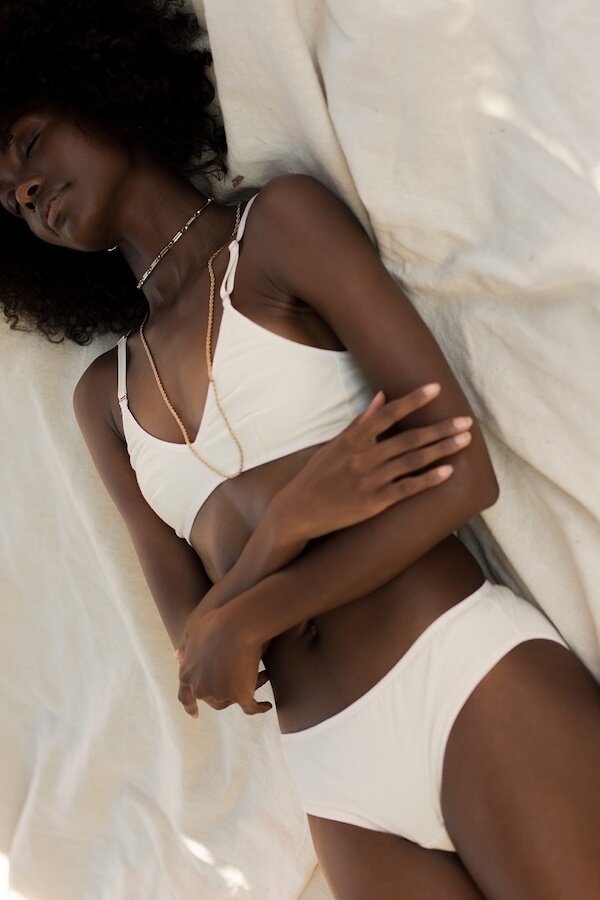
How To Plan For A Year Of Slow Fashion
Living in a fast-paced, hyper-online society can often make it harder to connect with slower rhythms of being. Sometimes, slowing down is not as easy or comfortable to accept and requires more rigorous planning than imagined.
While many of us have had our eyes opened to the damaging effects of the fashion industry and its tendency to incite a sense of urgency in our buying habits, slowing down seems to be the agreed-upon answer. Slow fashion is an antidote to what fast fashion ushered into our lives with insatiable shopping carts, but what are the actionable steps to remedying this in a year and beyond?
“Sometimes, slowing down is not as easy or comfortable to accept and requires more rigorous planning than imagined.”
Kate Fletcher once said “Fast fashion isn’t really about speed, but greed: Selling more, making more money,” and it’s hard to unsee it. The widespread shift in perspective is focused on consuming slowly, savoring the art of dressing ourselves, taking longer in our cycles of fashioning ourselves, abandoning the pressure of trends, and generally, setting the pace that feels tailored to us.
Many cultures from around the world have been in the practice of wearing and maintaining clothes at a less-than-damaging pace. We can learn and be positively influenced by these examples, leaning on the advice of those who have successfully withdrawn from the damaging habits of over-consumption.
When it comes to making a huge difference in adopting slower fashion habits, some voices within sustainable fashion are at the top of their game. We reached out to five sustainable fashion advocates to learn how to practically plan for a year of slow fashion.
Catherine Jia
Sustainable fashion content creator
“In a world where fast fashion dominates, the concept of slow fashion emerges as a sustainable alternative, advocating for mindful consumption and ethical production. Planning for a year of slow fashion begins with a shift in mindset — it’s about quality over quantity, investing in timeless pieces, consuming less, and minimizing environmental impact. It’s essential to recognize that embarking on this journey is a process marked by progress rather than perfection
Start by assessing your wardrobe, and identifying staples that withstand trends and suit your personal style. Prioritize versatile items made from sustainable materials, supporting local brands committed to fair labor practices and to the planet.
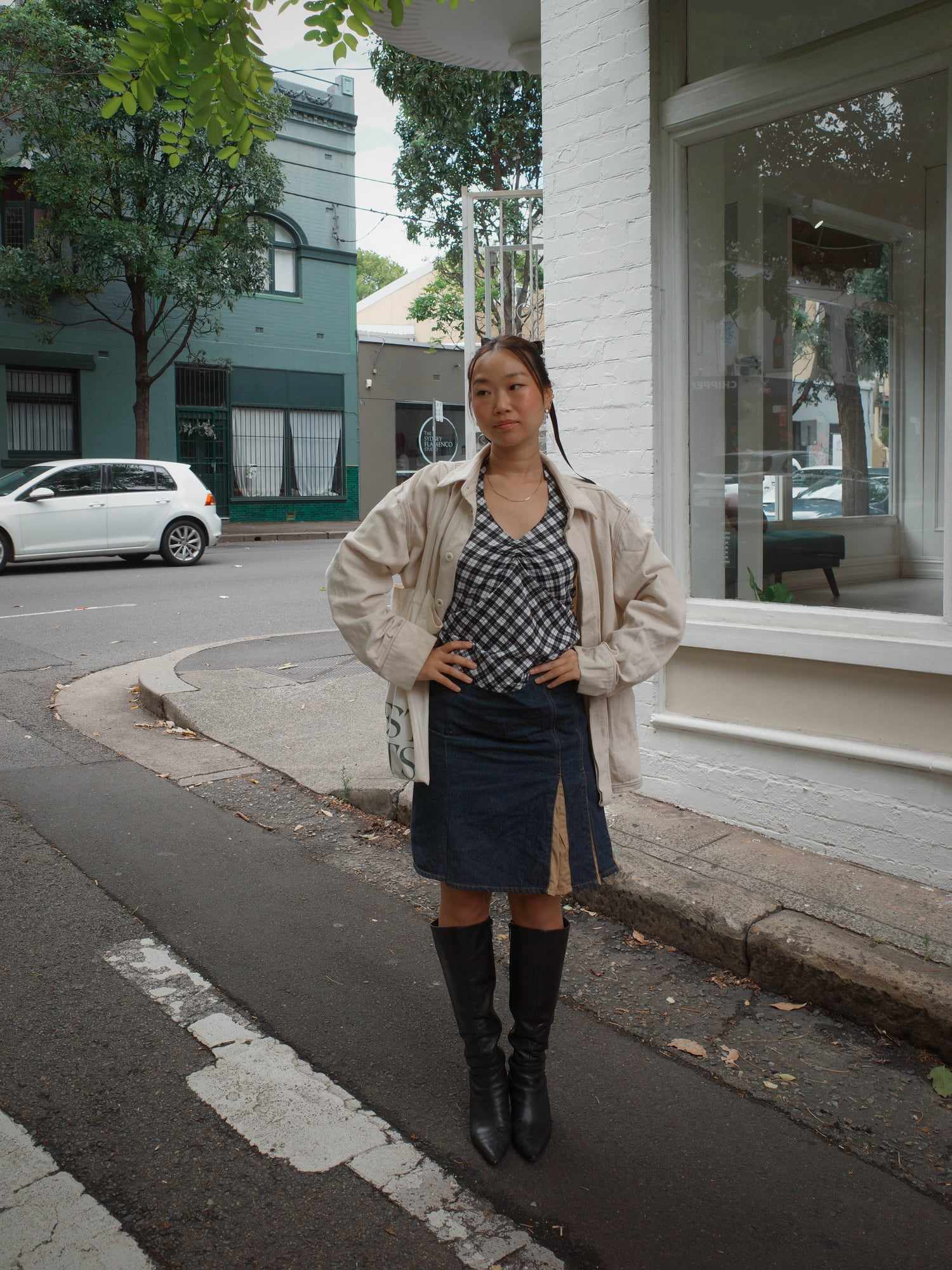
Embrace the art of thrifting and clothing swaps to breathe new life into pre-loved garments or create your own clothes from deadstock fabric. Additionally, set a budget for intentional purchases, allocating funds for well-crafted pieces that align with your values. By embracing slow fashion principles, you not only cultivate a more sustainable wardrobe but also contribute to a more equitable and environmentally conscious fashion industry.”
Hannah Rochell
Journalist and founder of Slowette
“To make sure I get the most out of my existing wardrobe, I like to set myself challenges; from not buying any new clothes for a year to only buying natural fibers, I’ve found that these things have totally reframed my relationship with shopping, in that I don’t mindlessly shop on the high street anymore (in fact, I don’t shop on the high street at all). My favorite is the Wardrobe Relay, where I take one item from an outfit, and carry it over to the next day. Then, I do the same the next day, but with a different item in the new outfit, and keep going for as many days as possible. This really forces you to think about styling items in different ways that you may not have previously considered.”
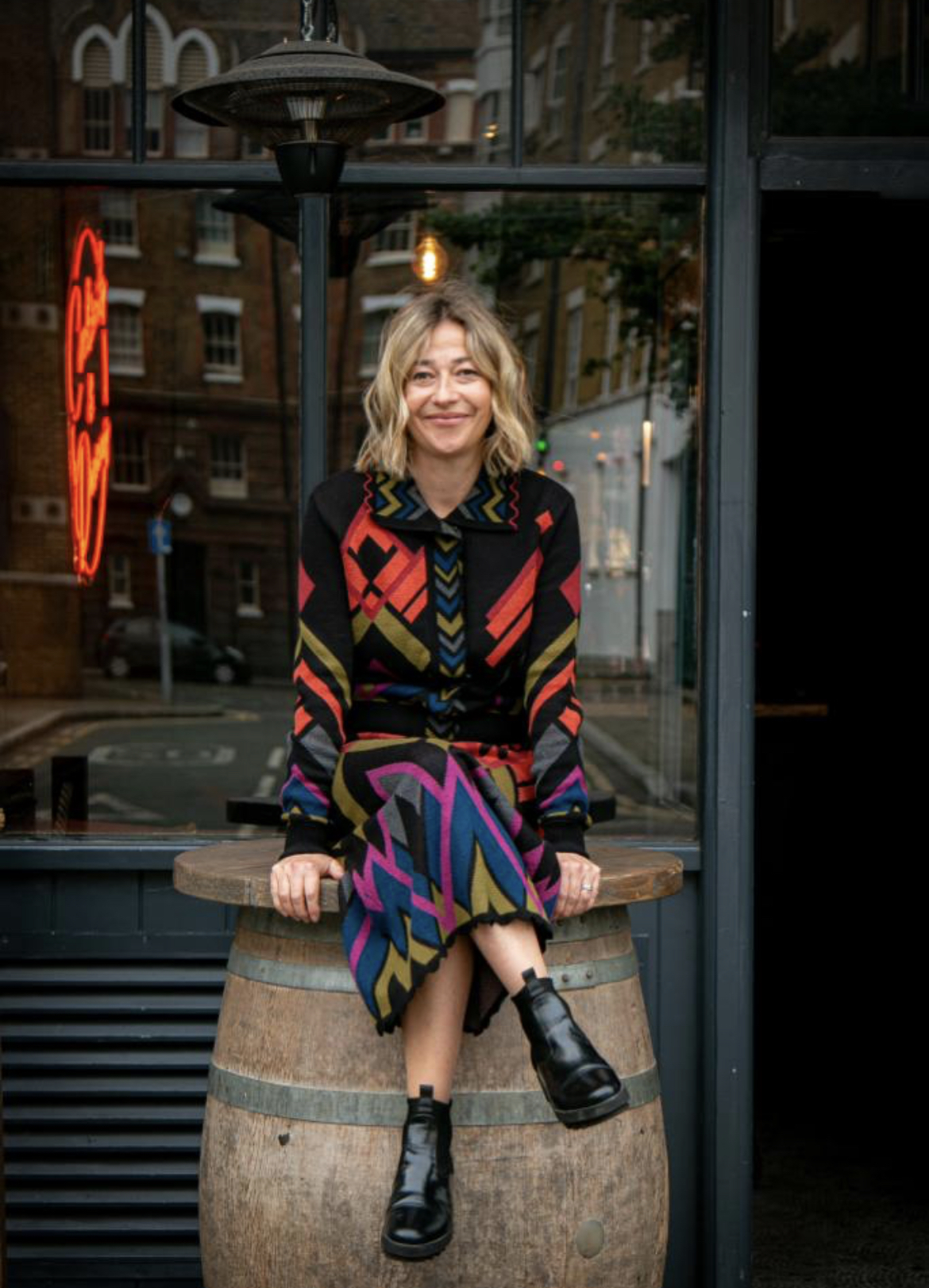
Rosette Ale, also known as Thrift Queen Lola
Thrifty style blogger and founder of slow fashion label, Revival London.
“First and foremost, immerse yourself in the world of second-hand clothing through charity shops and online platforms. There are loads more apps and websites like Thrift Plus, Vinted, and eBay where you can find some hidden gems and one-of-a-kind pieces. Second-hand shopping not only adds unique pieces to your wardrobe but also significantly reduces the environmental impact of fast fashion as you’re not contributing to the demand for new clothes.
I’m a lover of upcycling so I’m a huge fan of getting creative with your current wardrobe. Experiment with different styling techniques and think of customizing or mending a garment to breathe new life into it.
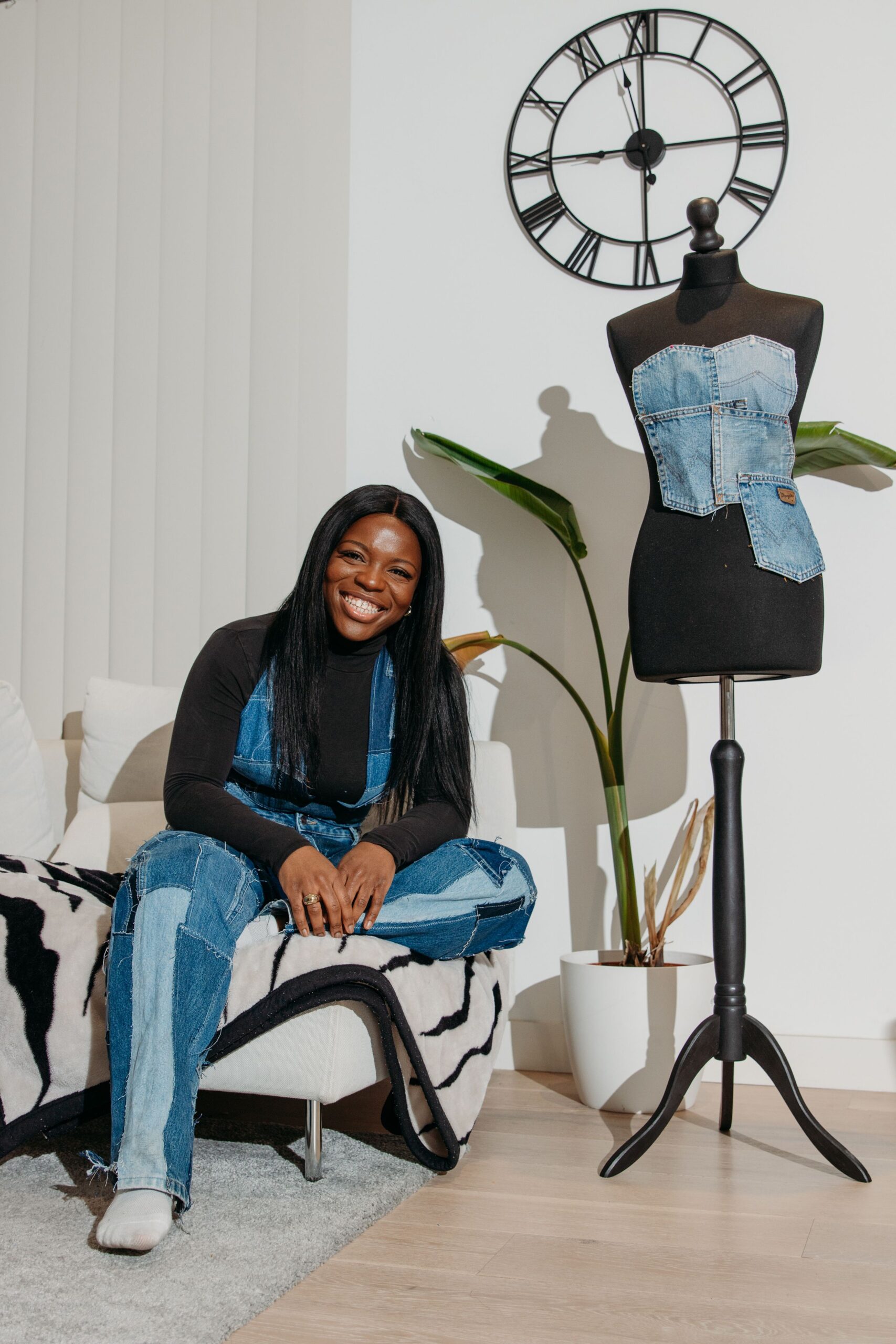
Mix and match outfits in unexpected ways, layer pieces for added dimension, and don’t be afraid to embrace DIY projects to give old favorites a whole new look. I’ve turned old skirts into bags or simply covered up a stain with an iron-on graphic. The possibilities are honestly endless when it comes to reinventing your wardrobe; you might end up with an ever-growing upcycle pile like me.
Last but certainly not least, remember to prioritize quality over quantity. Instead of succumbing to the temptation of impulse buys and fast fashion trends, invest in well-made garments that are built to last. Look for durable materials (and natural i.e. cotton where possible), timeless designs, and reputable brands committed to ethical and sustainable practices. While it might require a bit more upfront investment, choosing quality pieces ensures longevity, reduces the need for constant replacements, and ultimately saves you money in the long run. It’s a different way of thinking that capitalism doesn’t want us to embrace but is key for transitioning into slow fashion. So, take your time when making purchasing decisions and opt for pieces that not only align with your personal style but also reflect your commitment to a more sustainable fashion future.”
Adelana
Slow fashion content creator
“When I transitioned to slow fashion, I personally experienced mental fatigue from always rushing to buy new clothes to follow the trends. This was enough to motivate me to break this vicious cycle of constant buying. For me, fast fashion is a response to a psychological need created by marketing and I needed to “break free” from that.
My first piece of advice for a transition to slow fashion is to do a short analysis of your needs. How many clothes do you own? Do you wear all of them? If so, how often? Do you feel overwhelmed by the amount of clothes you have?
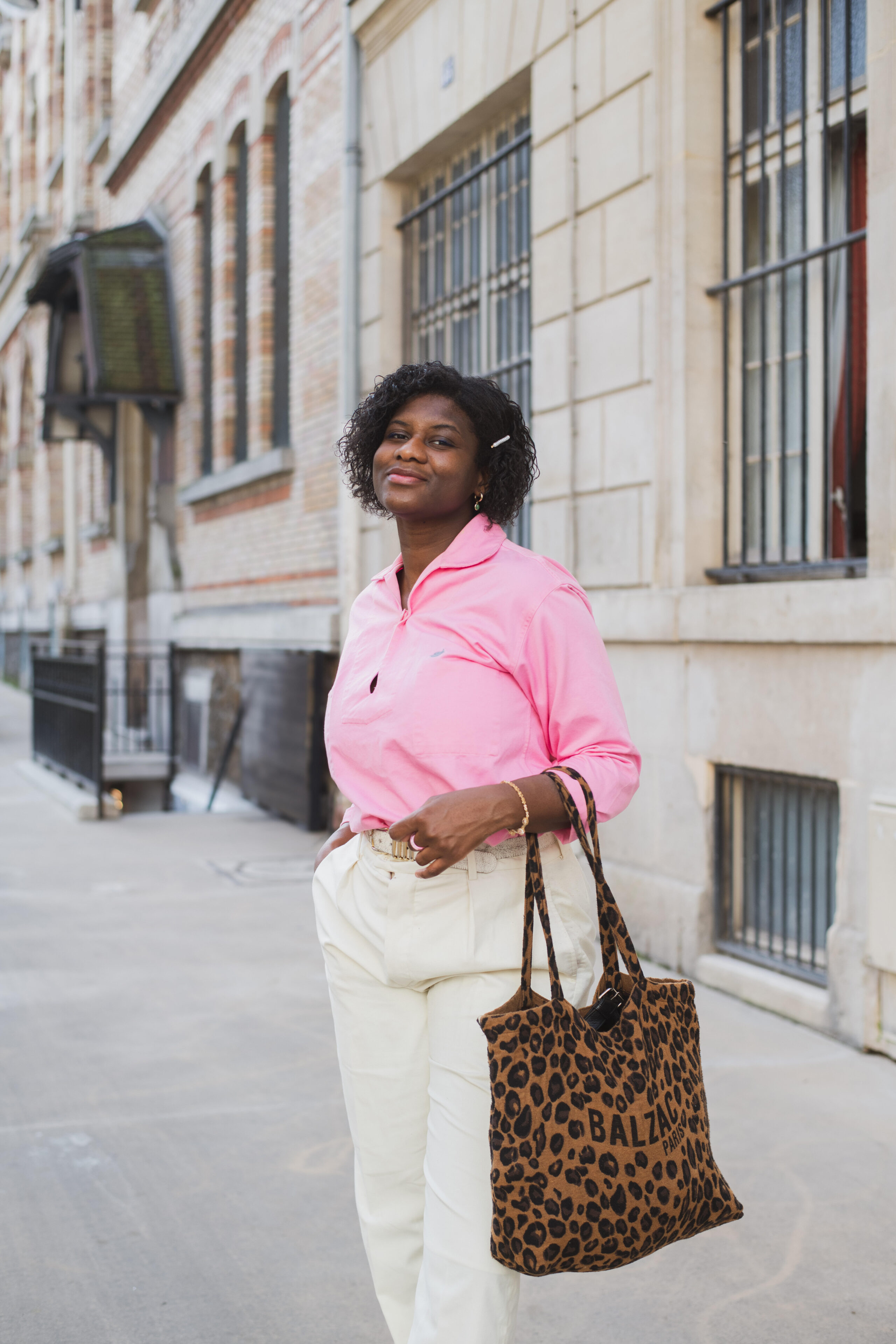
Another easy tip is to re-wear your clothes and make the most of second-hand finds. I started shopping second-hand to find unique pieces that no one had or clothes that were outdated enough so I could have that ‘one out of 100’ effect and be the only one wearing a piece. Year after year, I feel freer in slow fashion. I still follow trends but in a slow way.”
Ruby Veridiano
Sustainable fashion storyteller & educator
“For anyone looking to slow their fashion consumption down, I recommend taking an inventory of what’s already in your closet first and foremost.
The first step is to identify the pieces that make up your capsule wardrobe: these are your staple, basic pieces that you can wear over and over again, like a pair of jeans, a white collar shirt, or a black turtleneck. These core pieces have the ability to be mixed and matched with other items, and have high repeat value. Next, identify your statement pieces, like a patterned blouse, a bright-colored skirt, or a fancy dress. By starting the journey with what you already have, and looking at it with a refreshed lens, you can style what you already own in new ways. This also allows you to identify other pieces that would complement your existing wardrobe.
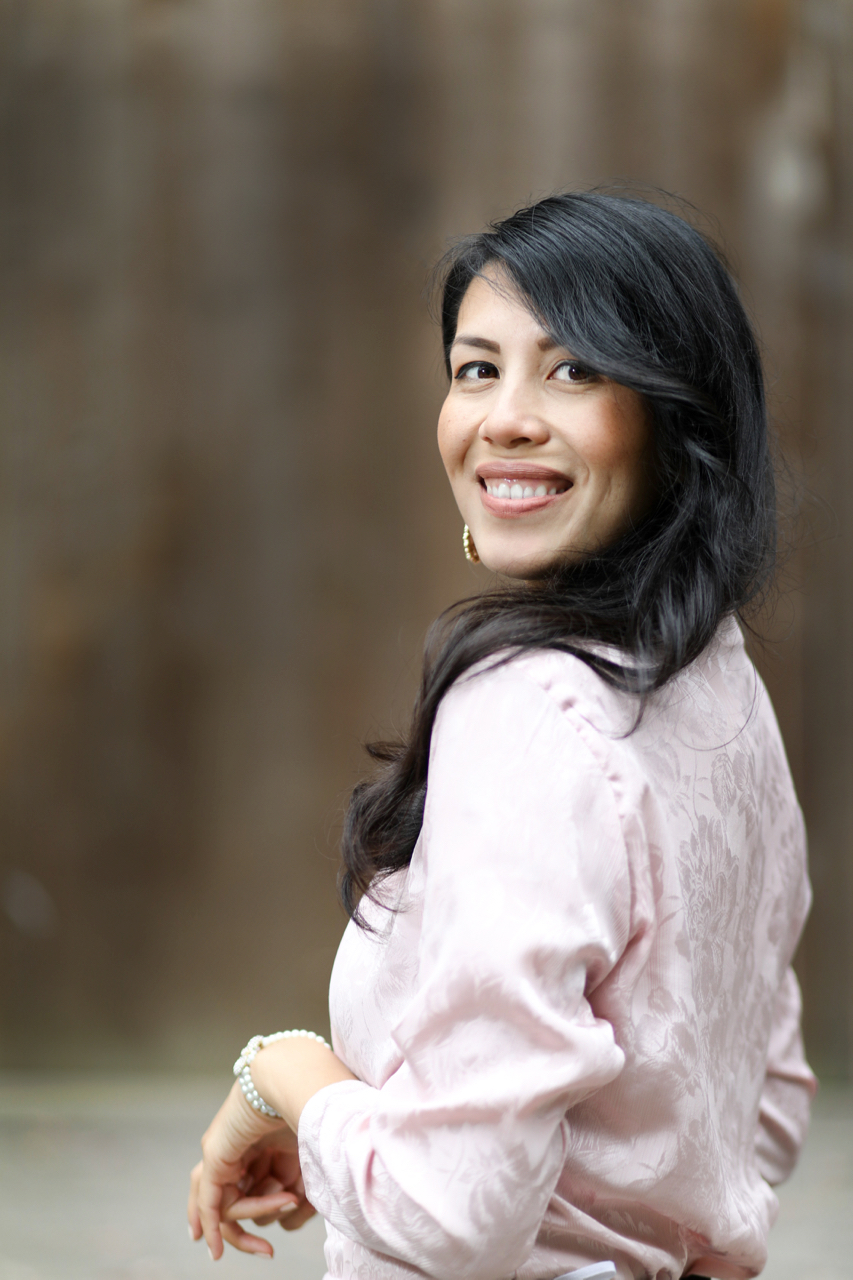
The key is to be intentional when you shop. Instead of shopping for a single item or moment, shop with the intention of making the most use of a garment or item by imagining how it fits with the rest of your closet. For example, if you see a pair of trousers, can you see yourself wearing it multiple times in different variations based on items you already own? If not, it’s likely not the smartest purchase. I personally prefer to shop vintage for statement pieces, and if I have to buy new, I make sure it’s an item that would belong in my capsule wardrobe- like a black leather jacket.
Lastly, lean on your accessories! Sometimes, you don’t need to buy a brand new outfit, but rather, you just need different accessories to spruce up an old dress or blouse to make it brand new again. Personally, I believe sustainable fashion is about new habits. By shifting our consumption habits, we can slow fashion down without compromising style.”
Amara Amaryah is a Jamaican essayist, author, and wellness and travel writer born in London. Her life writings are interested in voice — often voicelessness — and reclamations of identity through definitions of home. Her freelance journalism explores health, joy, self-knowing, and more. Amara now travels and lives slowly in her favorite places around the world. She writes the “Life Is In Love With Me” newsletter.
